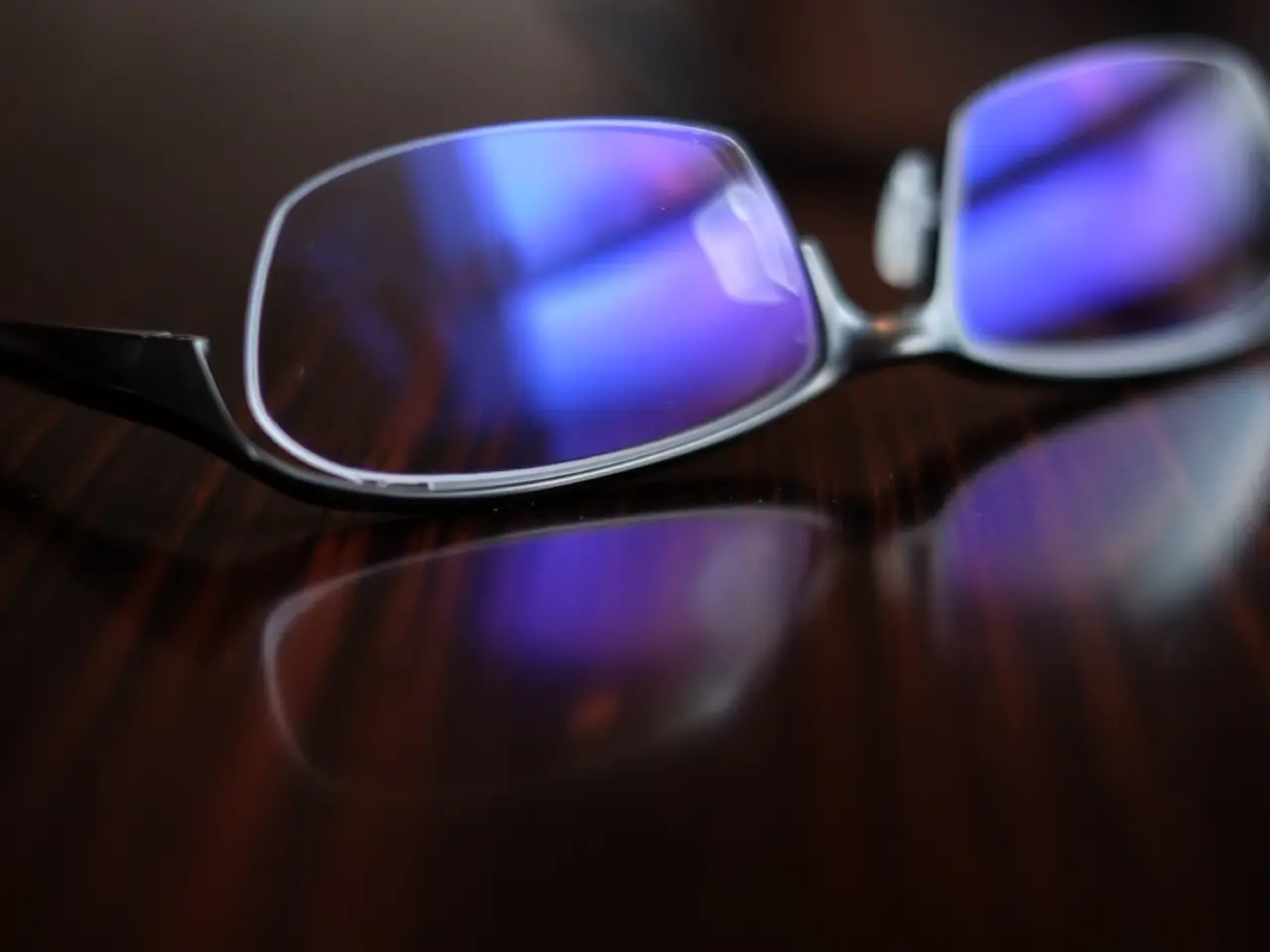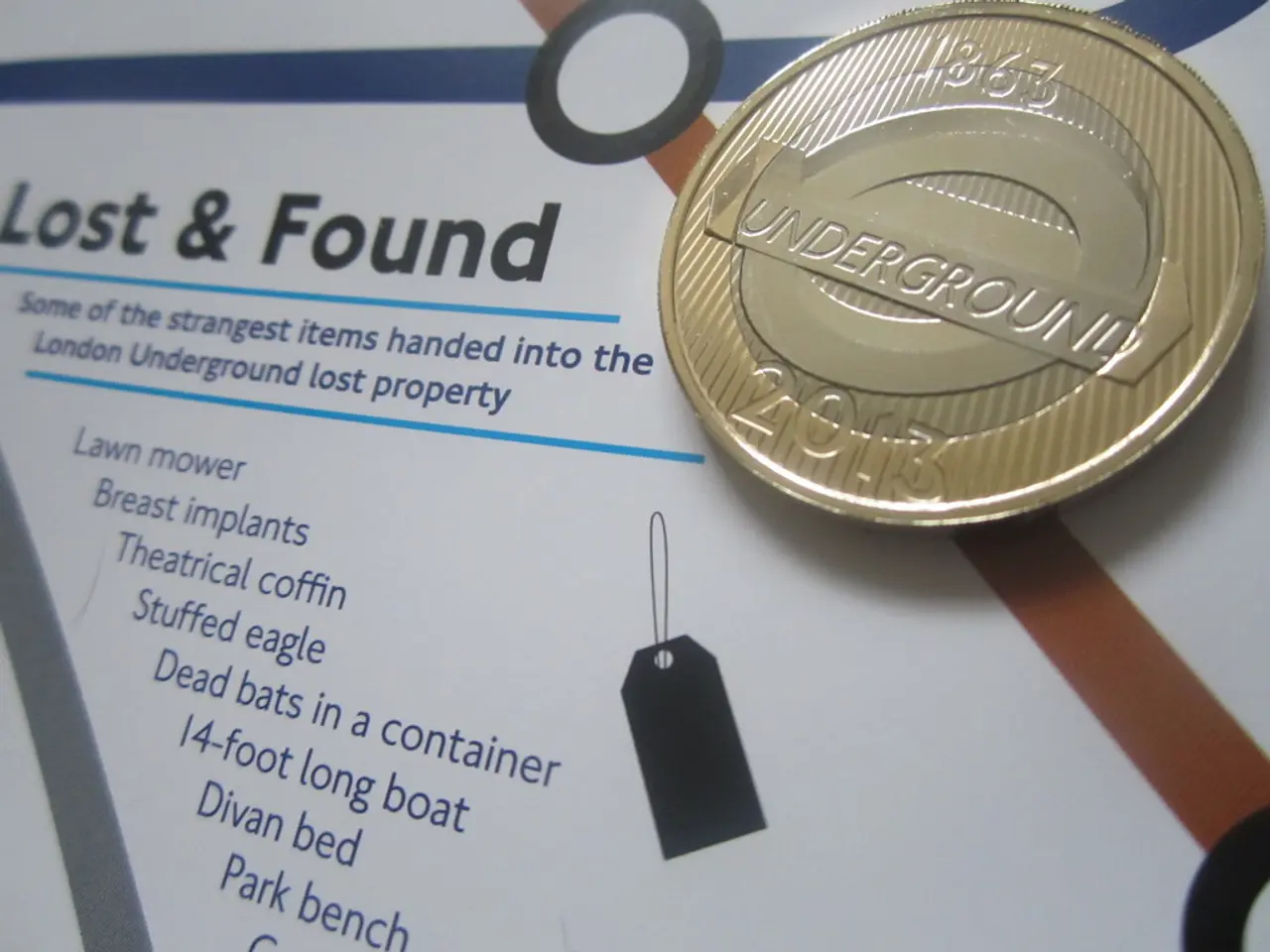Adjusting the Alignment of Reflectors, Refractors, SCT, and Maksutov Telescopes
For those who have recently acquired a Newtonian reflector telescope and are eager to capture sharp celestial views, collimation is a crucial step. This process, which ensures the alignment of the optical components, can be achieved using a Cheshire collimation eyepiece. Here's a simple guide to help you through the process.
First, insert the Cheshire eyepiece into the focuser, replacing your regular eyepiece. The Cheshire has a built-in sight tube and a small peephole offset from the main axis. Looking through the Cheshire, you should see the reflection of the primary mirror's center spot or ring, the secondary mirror centred in the view, and the reflection of the primary mirror's edge inside the secondary mirror.
Next, adjust the secondary mirror. Use the screws on the secondary mirror holder to centre the secondary mirror under the focuser, making it appear circular and centered when viewed through the Cheshire. Align it so the entire primary mirror is visible and centered in the secondary mirror’s reflection.
Then, align the reflection of the primary mirror's center spot so it appears centered inside the secondary mirror. Adjust the tilt screws on the secondary mirror holder to center the view.
Following this, adjust the primary mirror tilt screws so that the reflection of the secondary mirror and the Cheshire’s sight tube appear concentric and centered on the primary mirror’s center spot.
Repeat these adjustments iteratively - first fine-tune the secondary mirror, then the primary mirror - until all optical elements appear perfectly concentric through the Cheshire eyepiece. This process ensures the optical axis is perfectly aligned, maximising image sharpness and contrast when observing astronomical objects with your Newtonian reflector.
While collimation is relatively straightforward, it may take a few rounds to achieve precise alignment. The Cheshire eyepiece is a trusted, precise tool well-suited for this iterative and detailed task. For a step-by-step visual guide, many astronomy-focused videos provide practical demonstrations of this collimation technique.
It's worth noting that collimation is a necessary process for any telescope or optical system to achieve good, sharp views. Newtonian telescopes are the most likely to need collimation, and it's recommended to check collimation every time they are taken out for observation.
For other types of telescopes, such as Schmidt-Cassegrains and Maksutov-Cassegrains, the collimation process may vary, but the principle remains the same: achieving optimal alignment for the best viewing experience.
[1] For more detailed information and visual guides, we recommend consulting astronomy resources and forums online. Happy stargazing!
- To ensure optimal views with a newly acquired Newtonian reflector telescope, insert a Cheshire collimation eyepiece into the focuser and follow a simple guide to align the optical components.
- Looking through the Cheshire, the reflection of the primary mirror's center spot or ring, the centered secondary mirror, and the reflection of the primary mirror's edge inside the secondary mirror should be visible.
- Adjust the secondary mirror using the screws on its holder to appear circular and centered, aligning it so the entire primary mirror is visible and centered in the secondary mirror’s reflection.
- Align the reflection of the primary mirror's center spot to appear centered inside the secondary mirror, and adjust the tilt screws on the secondary mirror holder to center the view.
- Adjust the primary mirror tilt screws so that the reflection of the secondary mirror and the Cheshire’s sight tube appear concentric and centered on the primary mirror’s center spot, and repeat the adjustments until all components appear perfectly concentric for the best viewing experience in astrophotography and space-and-astronomy.




